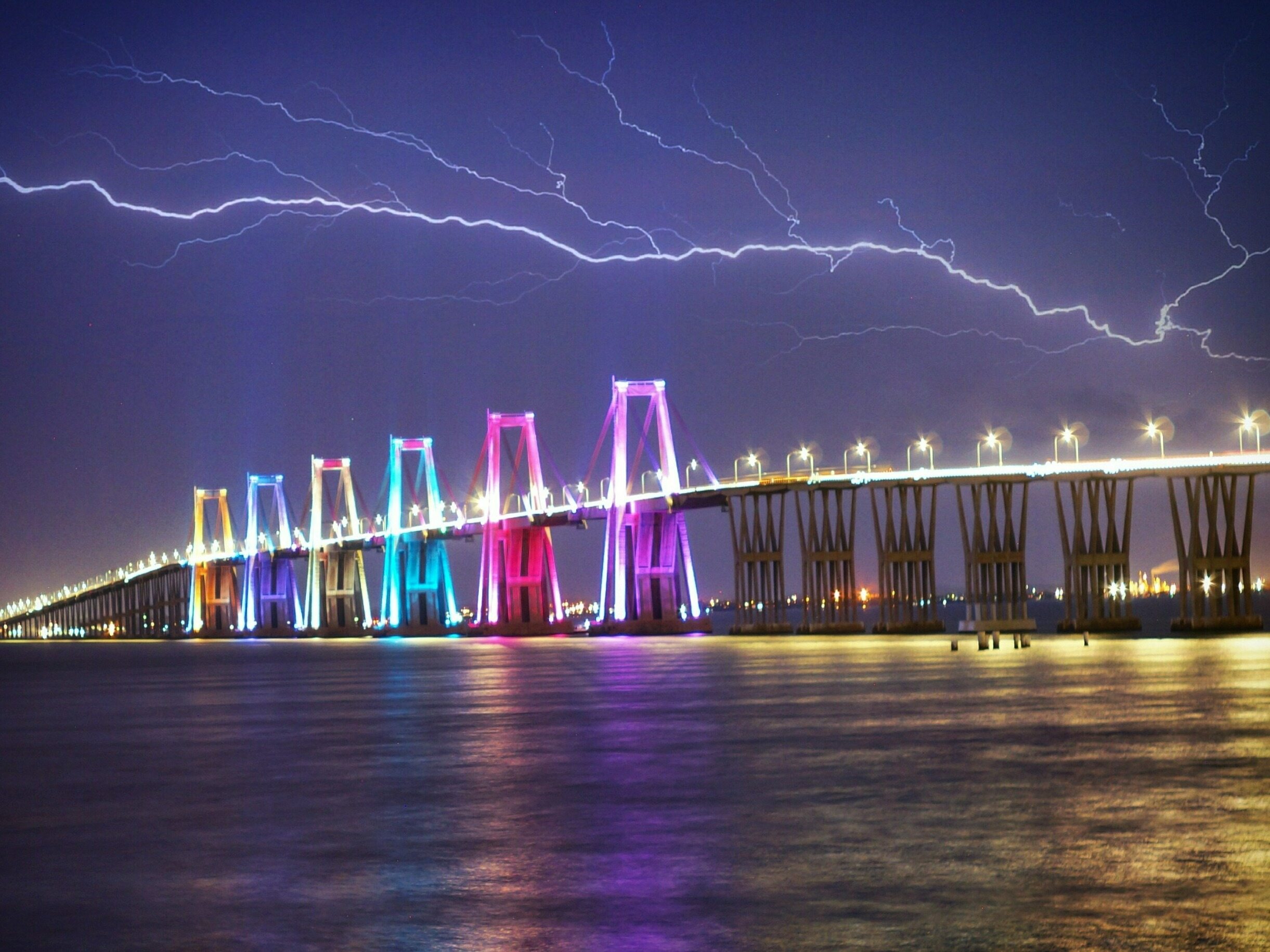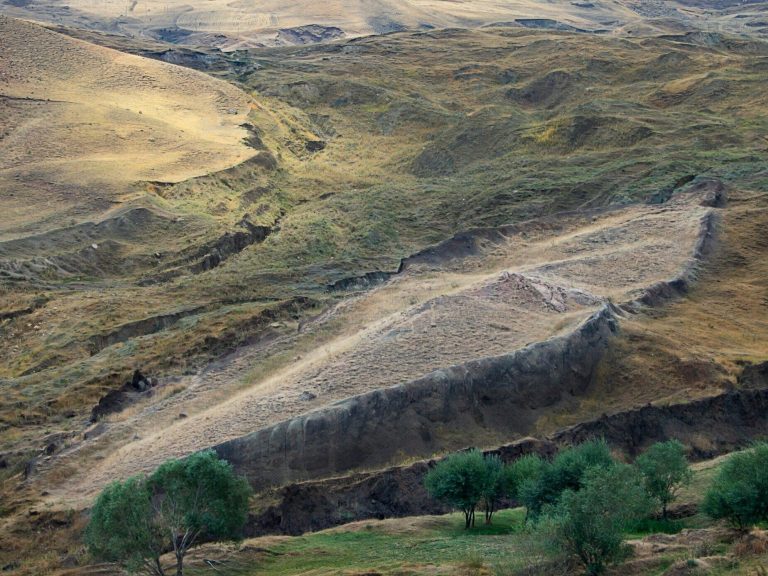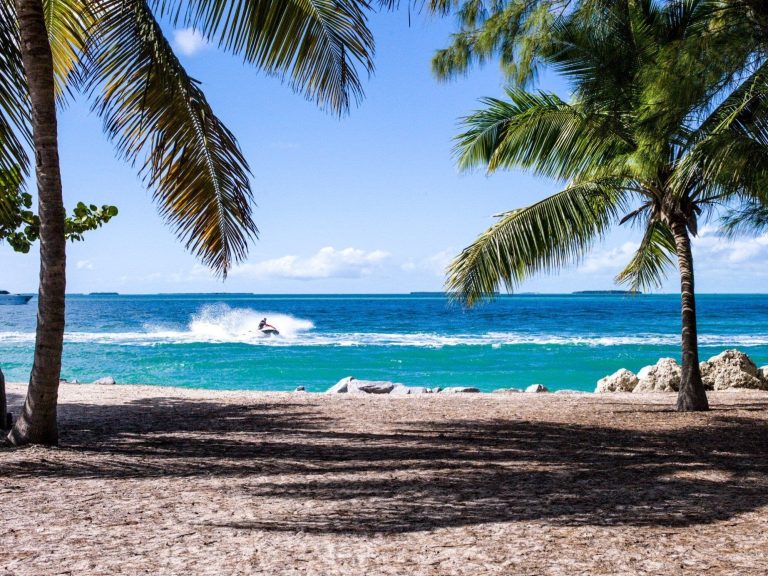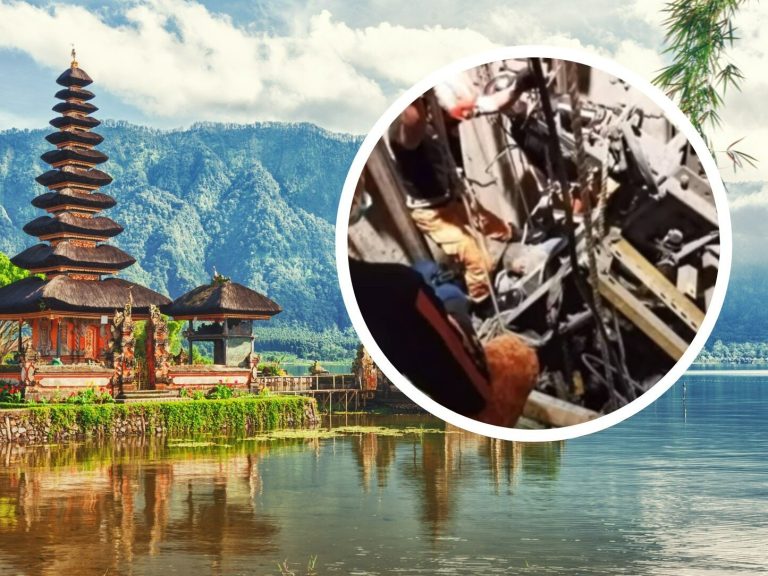In this place in the world, the storm never ends. It lasts for 10 hours a day

Few have heard of this place on earth. We are talking about the “Maracaibo Lighthouse” in Venezuela, where the storm lasts 10 hours a day, and up to 280 lightning strikes can strike in an hour. How is this possible? Many scientists still ask this question today.
If you are intrigued by unusual places on the world map, you can definitely include them. The “Maracaibo Lighthouse” in Venezuela has been attracting the interest of tourists and scientists for years. Few people would like to stay in this location, it is impossible to live or swim there. The reason is the numerous and unusual lightning discharges that never stop.
“Maracaibo Lighthouse” in Venezuela. The atmospheric phenomenon is shocking the world
“Maracaibo Lighthouse” is not a term for a building or an unusual space object, but a phenomenon that has been observed for decades. The situation never changes and it always looks the same – for 10 hours a day there are lightning discharges lasting from 140 to 160 days a year. Interestingly, it is the only such place in the world and at the same time the largest single ozone generator.
Although the situation seems unbelievable and resembles a horror movie, it is actually happening. Precisely because the light generated by the discharges is visible from hundreds of kilometers away, the place is called “the lighthouse of Maracaibo” or sometimes “the Catatumbo lighthouse”.
Where exactly is this place located? Lightning strikes over Catatumbo. This lake is closed on three sides by mountain ridges and only in the north is it open to the Gulf of Venezuela.
“Maracaibo Lighthouse” in Venezuela. What is the cause of discharges?
Many scientists around the world have wondered about the causes of unusual discharges. Although there are some specific theories, some still find the phenomenon strange and cannot fully explain it. Lightning bolts are probably formed by the collision of ice crystals with the cold air there. As the sun goes down, strong winds hit the mountains and blow warm air upwards. As a result, dense rain clouds form there, which contribute to the phenomenon.
Some scientists believe that the location of the lake has an influence on the phenomenon, others argue that methane released from the huge oil deposits located under the plain and Lake Maracaibo contributes to the formation of storms.
In 2013, this region was entered in the Guinness Book of Records as the one with the highest lightning intensity in the world. So far, it has not been investigated and confirmed what exactly causes what is happening there.






